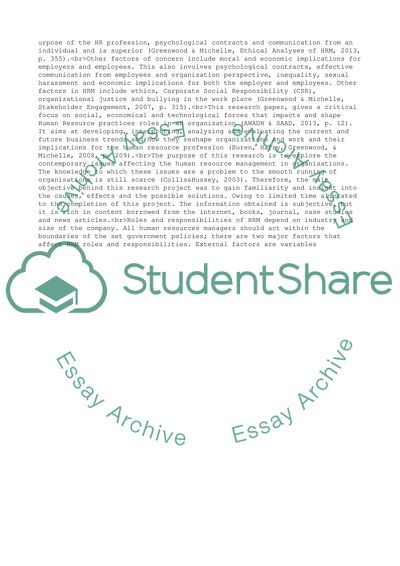Cite this document
(Contemporary issues in HRM Essay Example | Topics and Well Written Essays - 2000 words, n.d.)
Contemporary issues in HRM Essay Example | Topics and Well Written Essays - 2000 words. https://studentshare.org/human-resources/1823297-contemporary-issues-in-hrm
Contemporary issues in HRM Essay Example | Topics and Well Written Essays - 2000 words. https://studentshare.org/human-resources/1823297-contemporary-issues-in-hrm
(Contemporary Issues in HRM Essay Example | Topics and Well Written Essays - 2000 Words)
Contemporary Issues in HRM Essay Example | Topics and Well Written Essays - 2000 Words. https://studentshare.org/human-resources/1823297-contemporary-issues-in-hrm.
Contemporary Issues in HRM Essay Example | Topics and Well Written Essays - 2000 Words. https://studentshare.org/human-resources/1823297-contemporary-issues-in-hrm.
“Contemporary Issues in HRM Essay Example | Topics and Well Written Essays - 2000 Words”. https://studentshare.org/human-resources/1823297-contemporary-issues-in-hrm.


